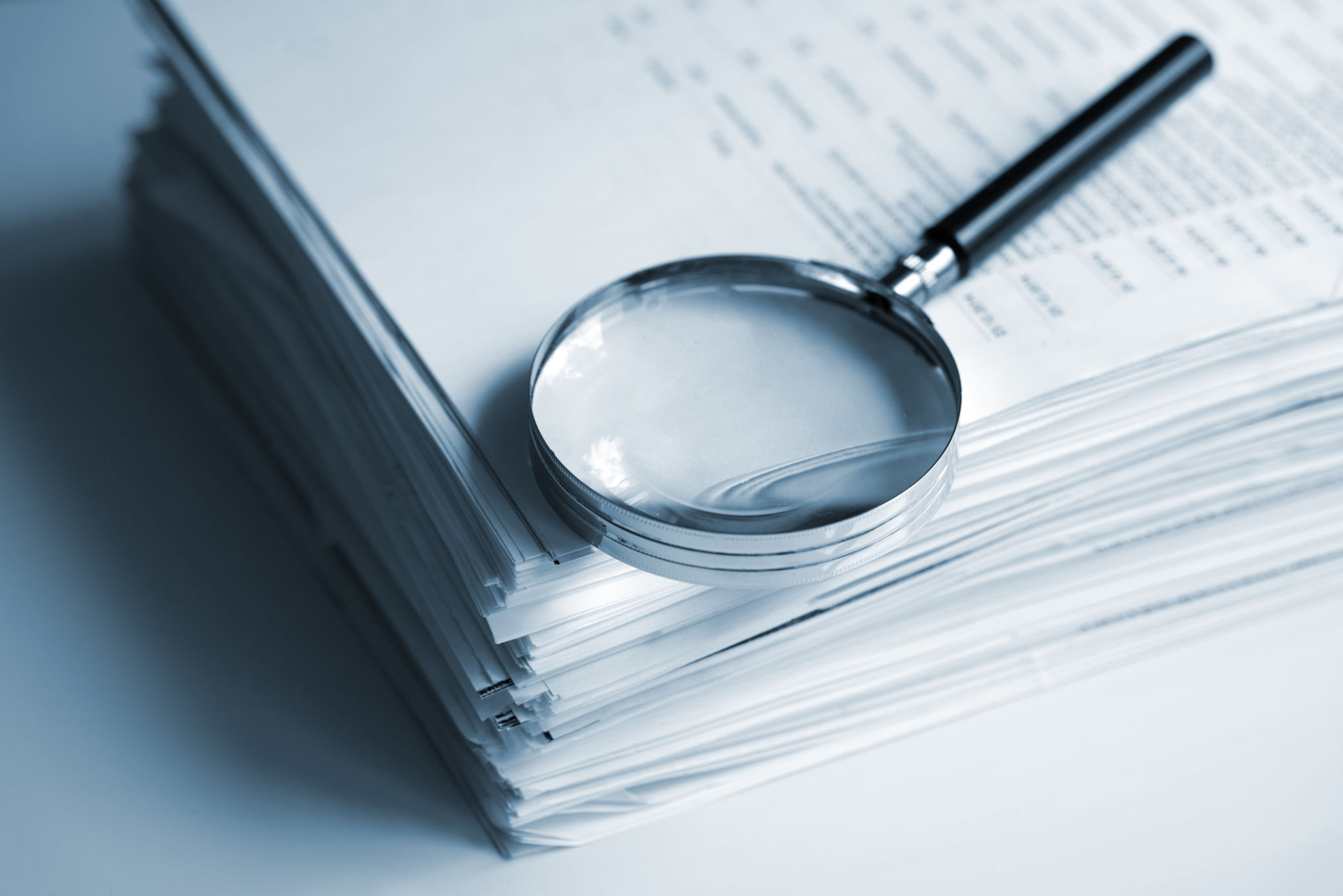The Ultimate Guide to Filing Unfiled Tax Years: Steps and Solutions
Filing taxes can be daunting, especially if you have unfiled tax years looming over your financial records. Whether it's due to oversight, procrastination, or unforeseen circumstances, dealing with unfiled taxes is crucial to avoid penalties and interest. This guide aims to provide you with a detailed roadmap for tackling those unfiled tax years effectively.

Understanding the Importance of Filing
Filing taxes, even for unfiled years, is a legal obligation. Ignoring this responsibility can result in severe repercussions, including fines, interest on unpaid taxes, and even legal action. Hence, it's essential to approach this task with diligence and urgency.
The IRS has specific procedures for handling unfiled tax returns, and understanding these can help ease the process. By addressing unfiled taxes promptly, you mitigate potential penalties and secure your financial future.
Gathering Necessary Documents
The first step in filing unfiled tax years is to gather all relevant financial documents. This includes income statements like W-2s or 1099s, receipts for deductible expenses, and any other documentation pertinent to your tax situation.
- Review bank statements for the relevant years.
- Collect any documentation related to investments or property sales.
- Ensure you have records of charitable donations or medical expenses if you plan to itemize deductions.

Calculating Your Taxes Accurately
Once you've gathered your documents, the next step is to calculate your taxes accurately. This can be a complex process, especially if you have multiple income sources or significant deductions. Consider using tax software or consulting with a tax professional to ensure accuracy.
Remember, accuracy is crucial. Mistakes can lead to additional penalties or audits. It's worth investing the time and resources necessary to get this part right.
Filing Your Returns
After calculating your taxes, you need to file your returns. You can do this electronically or via mail. If you're filing multiple years of returns, ensure each one is submitted separately to avoid confusion.
- Consider using e-filing for faster processing and confirmation from the IRS.
- Include payment for any taxes due to minimize accruing interest.
- Keep copies of all filed returns and related documents for your records.

Dealing with Penalties and Interest
If you owe taxes for the unfiled years, it's likely that penalties and interest have accrued. The IRS generally charges a failure-to-file penalty if you didn’t file by the deadline, plus interest on any unpaid taxes.
You might be eligible for penalty abatement if you can demonstrate reasonable cause for not filing, such as illness or other extenuating circumstances. Reach out to the IRS or a tax professional for guidance on how to apply for relief.
Setting Up a Payment Plan
If you're unable to pay the full amount of taxes owed immediately, consider setting up a payment plan with the IRS. This allows you to pay off your debt over time and can prevent further penalties from accruing.
- Explore options like short-term payment plans or installment agreements.
- Ensure timely payments to avoid defaulting on your agreement.
- Communicate with the IRS if your financial situation changes.
Tackling unfiled tax years requires patience and organization, but with the right approach and resources, it's entirely manageable. By following the steps outlined in this guide, you can navigate the process with confidence and peace of mind.
